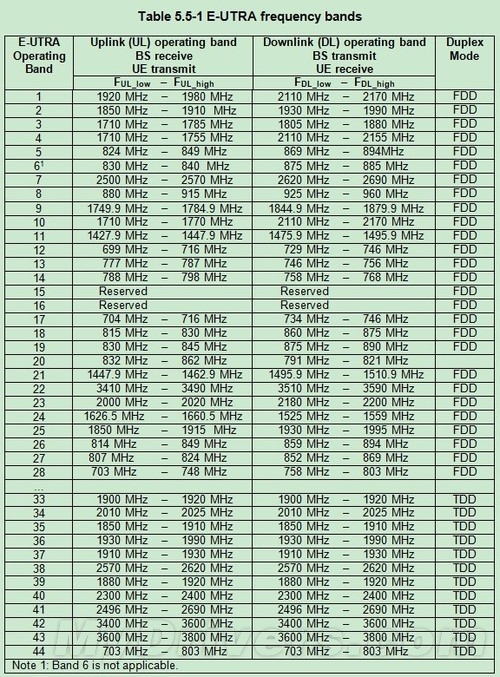LTE has been developed to operate on paired spectrum for Frequency Division Duplex (FDD), and unpaired spectrum for Time Division Duplex (TDD).
For an LTE radio system to facilitate bidirectional communication, it is necessary to implement a duplex scheme so that a device may transmit and receive without collision. In order to achieve high data rates, LTE operates full duplex whereby both downlink (DL) and uplink (UL) communication takes place simultaneously by separating DL and UL traffic either by frequency (i.e., FDD), or time periods (i.e., TDD).While less efficient and more electrically complex to deploy, FDD tends to be more commonly deployed by operators due to refarming of existing 3G spectrum arrangements. By comparison, deploying TDD requires less spectrum as well as eliminating then need for guard bands permitting a more efficient stacking of spectrum. UL/DL capacity can also be dynamically adjusted to match demand simply by devoting more airtime to one over the other. However, transmission timing must be synchronised between base stations, introducing complexity, along with guard periods being required between DL and UL subframes, which reduces capacity.
Post time: Aug-13-2022


